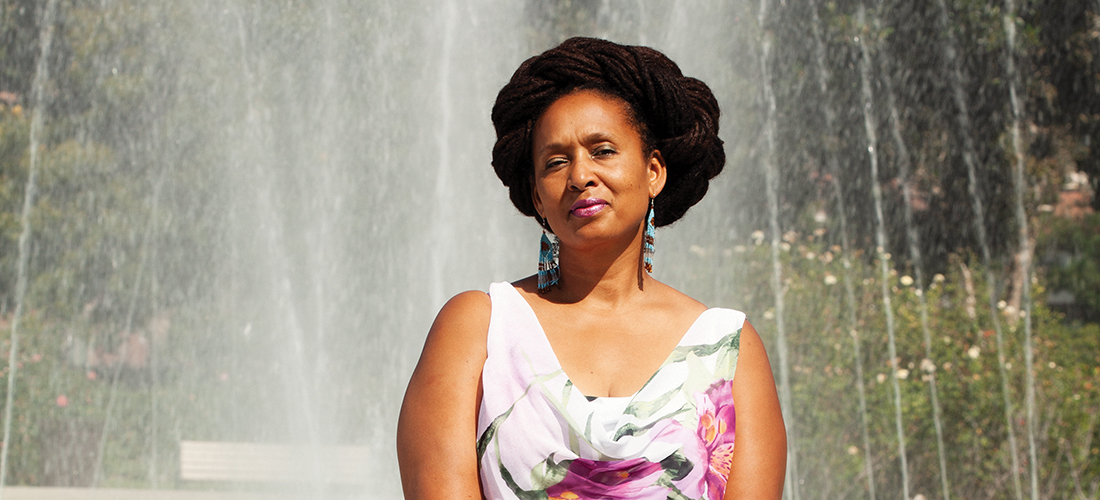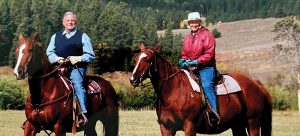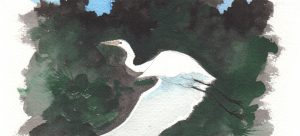
While researching her own family narrative, author Shonda Buchanan uncovers pieces of a story that belong to all of us
By Virginia Holman • Photograph by Nathalie Gordon
“Where do you come from?”
This was the question that professor Shonda Buchanan, author of the memoir Black Indian, was asked when she was a child. As she became an adult, the question grew larger. It’s the question she thinks about “when I look at the multitude of shades in my beautiful family, and in America.”
Born in Michigan, Shonda Buchanan’s multiracial heritage was something she always knew about, but only partially. “I’m African American with Native American ancestry, and I identify as Black Indian,” though she also notes that some may use the term Afro-Native.
“My mother often told me that the family was Native American, White and Black. Yet she could never tell me who those Native American members were; she didn’t know the tribes of our ancestors. That information was just gone.”
As Buchanan became aware of the gaps and erasures in her family history, she decided to find out what and who had vanished from the family narrative. When she taught at Hampton University and the College of William & Mary, she began researching her heritage. Eventually, she was able to trace her ancestors’ journey from Eastern North Carolina (Sampson County) to Virginia, and then into Indiana and Michigan.
Buchanan says that even though she did a lot of archival research, she doesn’t consider herself a historian.
“I consider myself a storyteller,” she offers. “I’ve spent a lot of time not just in libraries but also talking with people and unearthing these stories.”
Her goal as a storyteller has been to make sense of her family’s oral history, genealogy and DNA-based ancestry.
Some of the family stories she recounts in her memoir are complicated and painful. There are accounts of violence, discrimination and self-loathing. But there are also stories of joy and awakening, of a girl who grows up and into an artist who is able to tell a complicated family history. “My family lost language, lost culture, lost ancestors’ names,” Buchanan says, some of which can never be recovered.
Even so, what she did discover has led her to honor and celebrate traditions that lay outside of her upbringing, if not outside of her blood. And as Buchanan learned more about her ancestors, she began participating in Native American customs in order to more fully understand this part of her heritage. It’s been a challenging journey. Here she treads respectfully but never shies away from issues of origins, race and identity in America. In essence, she asks again and again, “Who am I? Who are you? Who are we?” As she dances in powwows and visits sweat lodges to connect to this part of her ancestry, she finds she always asks herself, “Am I doing it right?”
Buchanan’s memoir also delves into some of the ugly policies that shaped how people were classified in the United States, in particular the legacy of Walter Plecker, whose views on race resulted in “one-drop” policies and antimiscegenation laws that outlawed interracial marriage. These policies, she writes, are part of the reason her family history vanished — even as she and her family flourished and grew. “I was a cartography lesson,” she writes. “I was the geography of the intersection of enslaved Africans, Eastern shore American Indians, indentured White servants; their journey was on my face. I was the seed of a memory my grandparents wanted to erase.”
Buchanan’s story resonates because of her willingness to engage in historical reckoning, her struggle with her painful family history and her desire to claim her whole self publicly. At one of her first sweat lodge experiences, she sings a West African song and then a Native American song to honor both of those parts of her identity. This is the story’s strength — whether Buchanan is at a sweat lodge or powwow, at the “door of no return” in Senegal or on the doorstep of her relative’s home — it is the author’s openness and willingness to work and struggle toward a greater understanding of identity, of humanity.
She says that her memoir’s true purpose is instructive. “I’m always asking myself: How can I talk to people about this? How can I educate?” Writing Black Indian has allowed her to uncover traditions and culture that her family lost. The book, like its author, defies easy categorization, which is to say that it achieves what the author envisioned, “to show that the stories I grew up with, the stories I uncovered, are part of the rich tapestry of America.”
After all, she says, quoting the author James Baldwin, “We are trapped in history and history is trapped in us.”
Learn more about Shonda Buchanan and Black Indian at
shondabuchanan.com. OH
Author and creative writing instructor Virginia Holman lives and writes in Carolina Beach.





